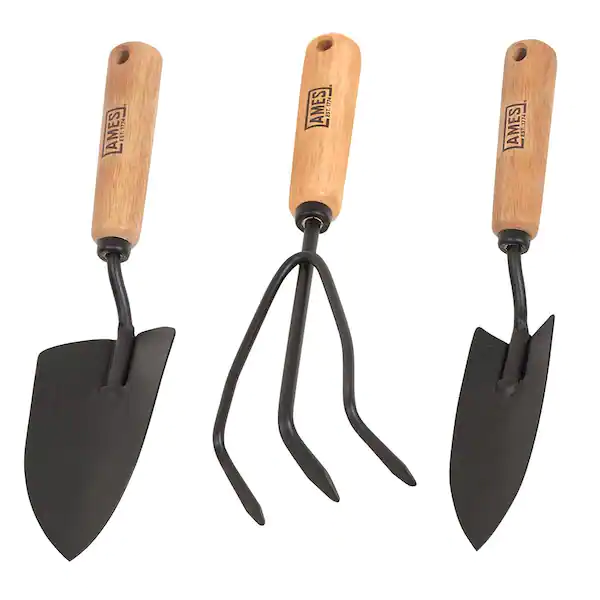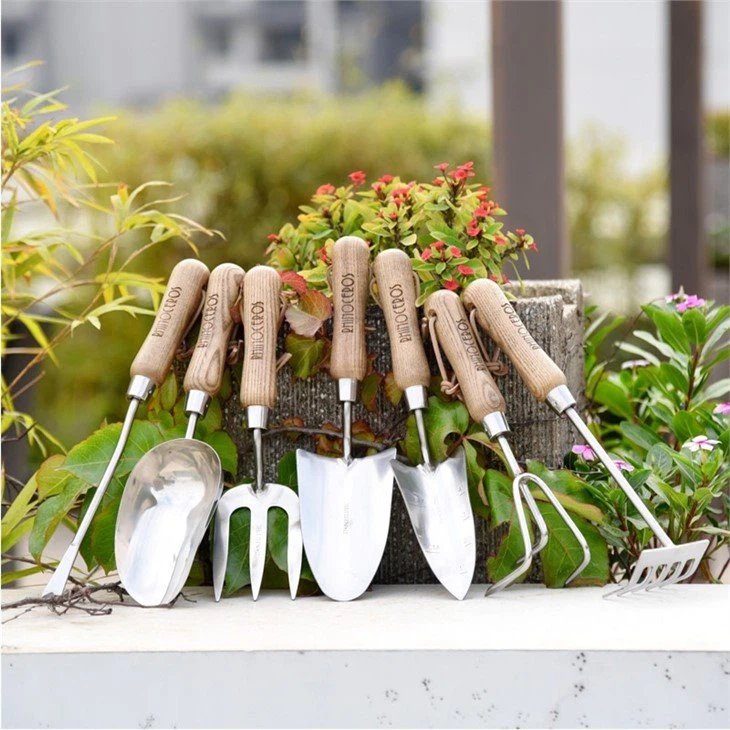Unleash your inner green thumb with these 10 expert tips on mastering your garden trowel and transforming your outdoor space.
Having the right tools is essential for any gardener, and a garden trowel is a must-have for various gardening tasks. In this ultimate guide, we will explore the different types of garden trowels, materials and construction considerations, special features to look for, and maintenance tips to help you choose the perfect garden trowel for your needs.
Table of Contents
Types of Garden Trowels
Hand Trowels
Hand trowels are versatile tools that come in handy for a wide range of gardening tasks. Whether you are planting, weeding, or transplanting small plants, a hand trowel is a go-to tool for many gardeners. Its compact size and ergonomic design make it easy to handle and maneuver in tight spaces.
Transplanting Trowels
Transplanting trowels are designed specifically for moving delicate plants without damaging their roots. With a narrow and sharp blade, transplanting trowels make it easy to dig around existing plants and transfer them to new locations with precision.
Bulb Planters
For planting bulbs efficiently and accurately, bulb planters are the ideal tool. These trowels feature a specialized design that allows you to dig holes at the perfect depth for different types of bulbs. With a bulb planter, you can streamline the planting process and achieve optimal bulb growth.
Materials and Construction
When choosing a garden trowel, consider the material of the blade. Stainless steel trowels are durable, rust-resistant, and easy to clean, making them a popular choice among gardeners. On the other hand, carbon steel trowels are known for their strength and ability to hold a sharp edge for longer periods.
Ergonomic Designs
Look for a garden trowel with an ergonomic handle that fits comfortably in your hand. A well-designed handle will reduce wrist strain and fatigue, allowing you to work in the garden for extended periods without discomfort. Ergonomic trowels also provide better grip and control for precise digging.
Blade Thickness
The thickness of the blade is another important factor to consider when choosing a garden trowel. A thicker blade can withstand heavy-duty digging and cutting through compacted soil. Opt for a trowel with a sturdy blade that can handle tough gardening tasks with ease.
Special Features to Look For
Some garden trowels come with depth markings on the blade, allowing you to plant bulbs and seeds at the correct depth. These markings provide guidance for precise planting and help you ensure optimal growing conditions for your plants.

Serrated Edges
Trowels with serrated edges are useful for cutting through roots, tough soil, and dense vegetation. The serrations on the blade provide additional cutting power, making it easier to tackle stubborn roots and obstacles in the garden.
Measurement Markings
Consider choosing a trowel with measurement markings on the blade for accurate planting and spacing of seeds and plants. Measurement markings allow you to maintain uniformity in your garden layout and ensure proper placement of vegetation for optimal growth.
Maintenance and Care
After each use, rinse your garden trowel with water to remove dirt and debris. Dry the trowel thoroughly to prevent rust and corrosion. Regular cleaning will help maintain the appearance and performance of your trowel.
Conclusion
Choosing the perfect garden trowel is essential for enhancing your gardening experience and achieving successful results in your garden. Consider the types of trowels available, materials and construction features, special attributes, and maintenance tips to make an informed decision. Invest in a high-quality garden trowel that suits your gardening needs and enjoy using it like a pro for all your planting and digging tasks.
Sharpening
Keep the blade of your garden trowel sharp by using a sharpening tool or file. Sharp blades make digging and cutting more efficient and prevent damage to plants. Regular sharpening will ensure that your trowel remains in top condition for years to come.
Storage
Store your garden trowel in a dry and secure place to protect it from damage and prolong its lifespan. Hang the trowel on a pegboard or store it in a tool shed to prevent exposure to moisture and harsh elements. Proper storage will maintain the integrity of your trowel for future gardening tasks.
